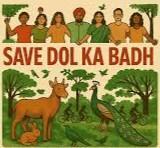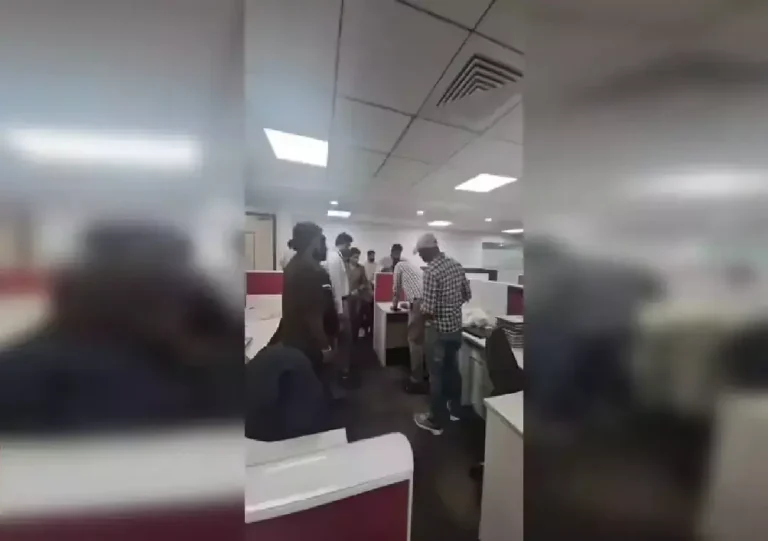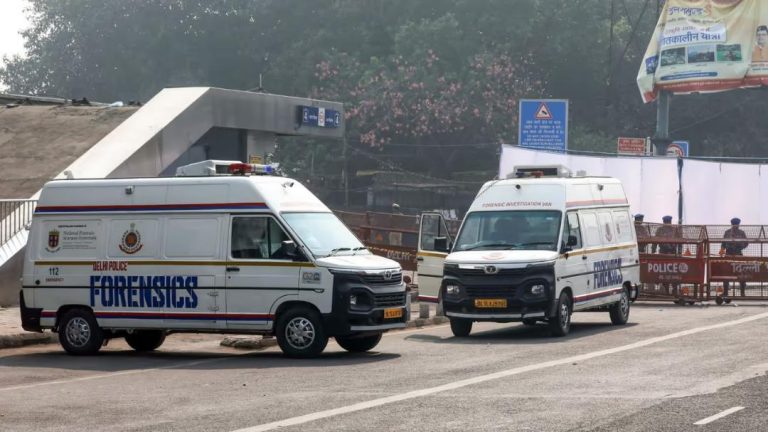
Title: Jaipur’s Dol Ka Badh Forest Faces Threat from New Projects
As the saying goes, “save the bees, save the earth.” But in Jaipur, the urgent need to save one of its last green lungs is more pressing than ever. Dol Ka Badh, a 100-acre forest located near Jaipur Airport, is home to over 2,500 plant species and more than 70 species of birds and animals. Despite ongoing protests since 2021, this vital ecosystem is facing threats from proposed projects like the PM Unity Mall, FinTech Park, and housing schemes. The consequences of not protecting this forest are dire, and as climate change worsens, it’s imperative that we take action to preserve this natural haven.
A Bird’s Eye View of Dol Ka Badh
Dol Ka Badh is a forest that’s been left untouched for decades. It’s a haven for local wildlife, with species like the peafowl, owlets, and even the occasional leopard making it their home. The forest is also a hub for migratory birds, with hundreds of species passing through every year. The lush greenery and diverse flora provide a perfect habitat for these birds, and it’s not uncommon to spot a flock of peacocks strutting through the underbrush.
The forest is also home to several endangered species, including the Indian Pangolin, the Great Indian Bustard, and the Indian Wolf. These animals are not only an integral part of the forest’s ecosystem but also hold significant cultural and symbolic value for the local community. Losing this forest would not only harm the environment but also the cultural heritage of the people who call Jaipur home.
Threats to Dol Ka Badh
Despite the importance of Dol Ka Badh, the forest is facing several threats. The most significant of these is the proposed construction of the PM Unity Mall, a massive retail and commercial complex. The project, which is being backed by the state government, would see a significant portion of the forest cleared for construction. This would not only harm the ecosystem but also displace the local wildlife, including several endangered species.
Another threat to the forest is the proposed FinTech Park, a hub for financial and technological innovation. The park would see a significant influx of people and vehicles, leading to increased pollution and noise levels. This would not only harm the forest’s ecosystem but also the local residents who live nearby.
Finally, there are plans to construct several housing schemes in and around the forest. This would lead to increased human activity and development, further threatening the forest’s delicate ecosystem.
Why Dol Ka Badh Matters
So why does Dol Ka Badh matter? The simple answer is that it’s a vital part of Jaipur’s ecosystem. The forest provides a habitat for local wildlife, helps to purify the air and water, and even helps to regulate the city’s temperature. Losing this forest would have severe consequences for the environment, the local community, and the city as a whole.
But Dol Ka Badh is more than just a forest – it’s a symbol of what’s left of Jaipur’s natural heritage. The city is rapidly urbanizing, and forests like Dol Ka Badh are becoming increasingly rare. Losing this forest would be a loss for the city, and for the people who call it home.
What Can Be Done?
So what can be done to save Dol Ka Badh? The first step is to raise awareness about the importance of the forest and the threats it faces. This can be done through social media campaigns, petitions, and local community events. The second step is to engage with the local authorities and government agencies to ensure that any development projects are done in a responsible and sustainable way.
It’s also important to recognize the importance of Dol Ka Badh not just as a forest but as a symbol of Jaipur’s natural heritage. The city should be working to protect and preserve this forest, rather than sacrificing it for the sake of development.
Conclusion
Dol Ka Badh is a vital part of Jaipur’s ecosystem, and its loss would have severe consequences for the environment, the local community, and the city as a whole. The forest is facing several threats, including the proposed construction of the PM Unity Mall, FinTech Park, and housing schemes. It’s imperative that we take action to protect this forest, not just for the sake of the environment, but also for the sake of Jaipur’s cultural heritage.
As climate change worsens, protecting our natural habitats is more urgent than ever. Dol Ka Badh is a symbol of what’s left of Jaipur’s natural heritage, and it’s our responsibility to protect it. We must work together to raise awareness, engage with the local authorities, and ensure that this vital ecosystem is preserved for future generations.






